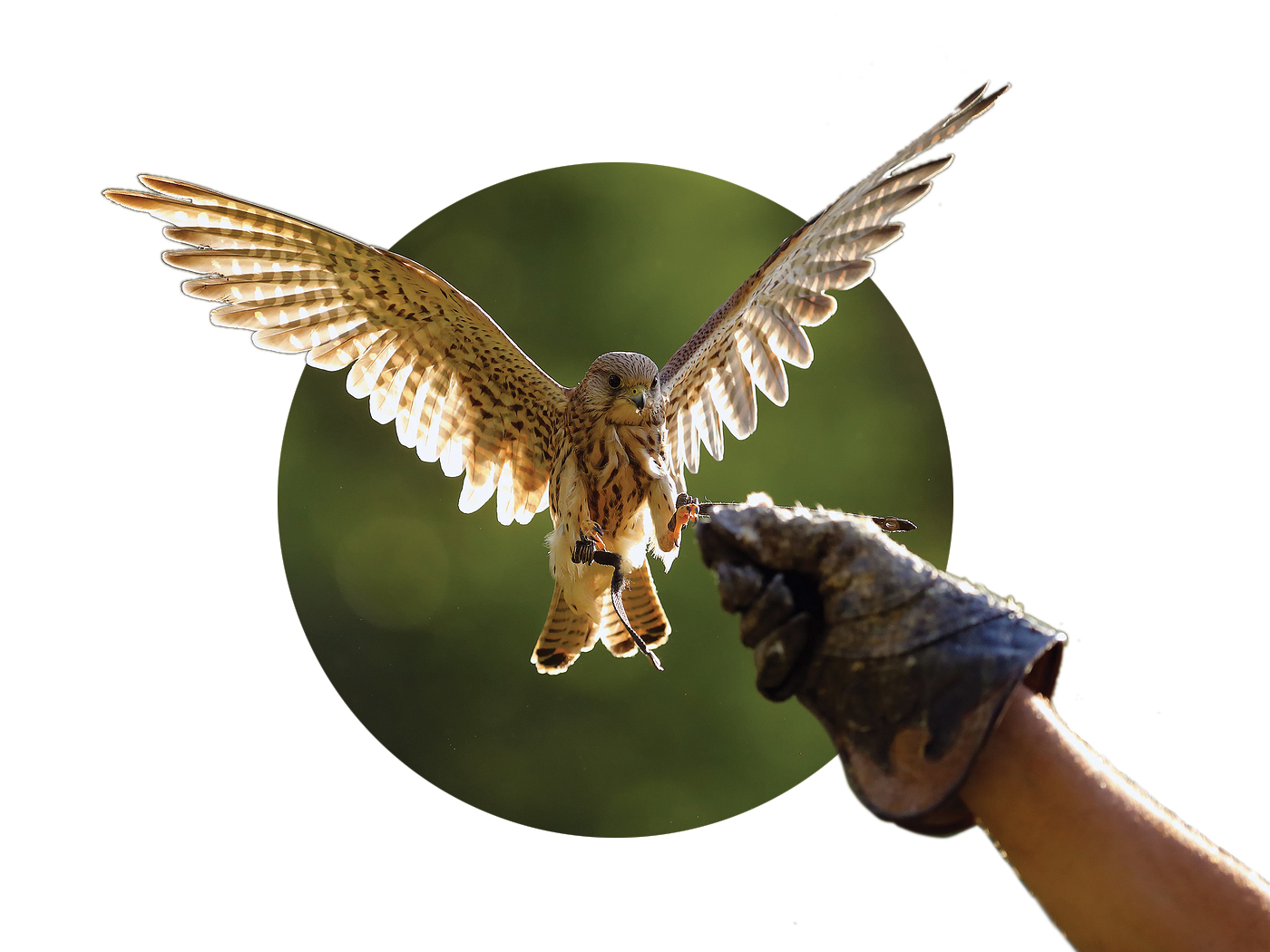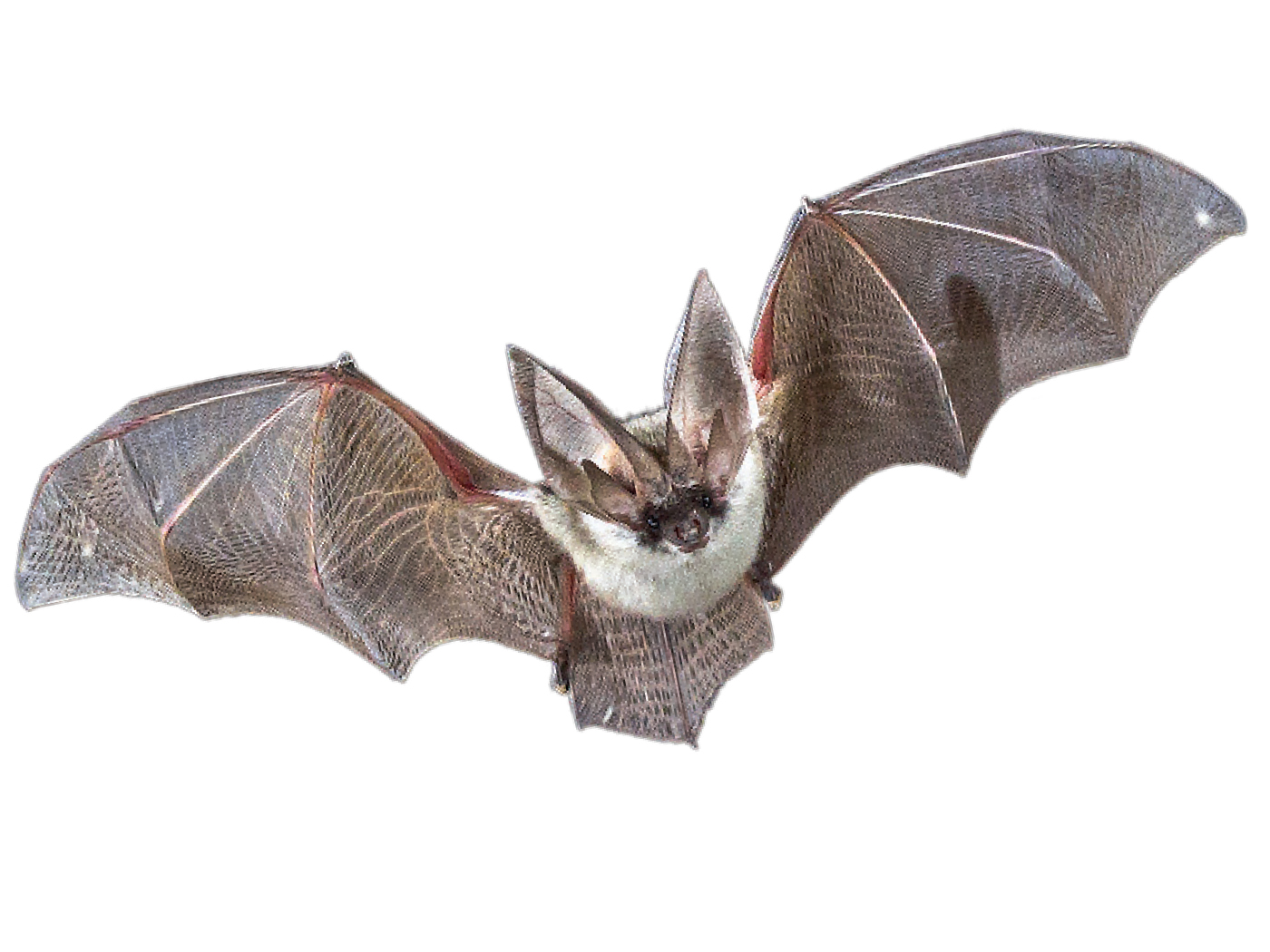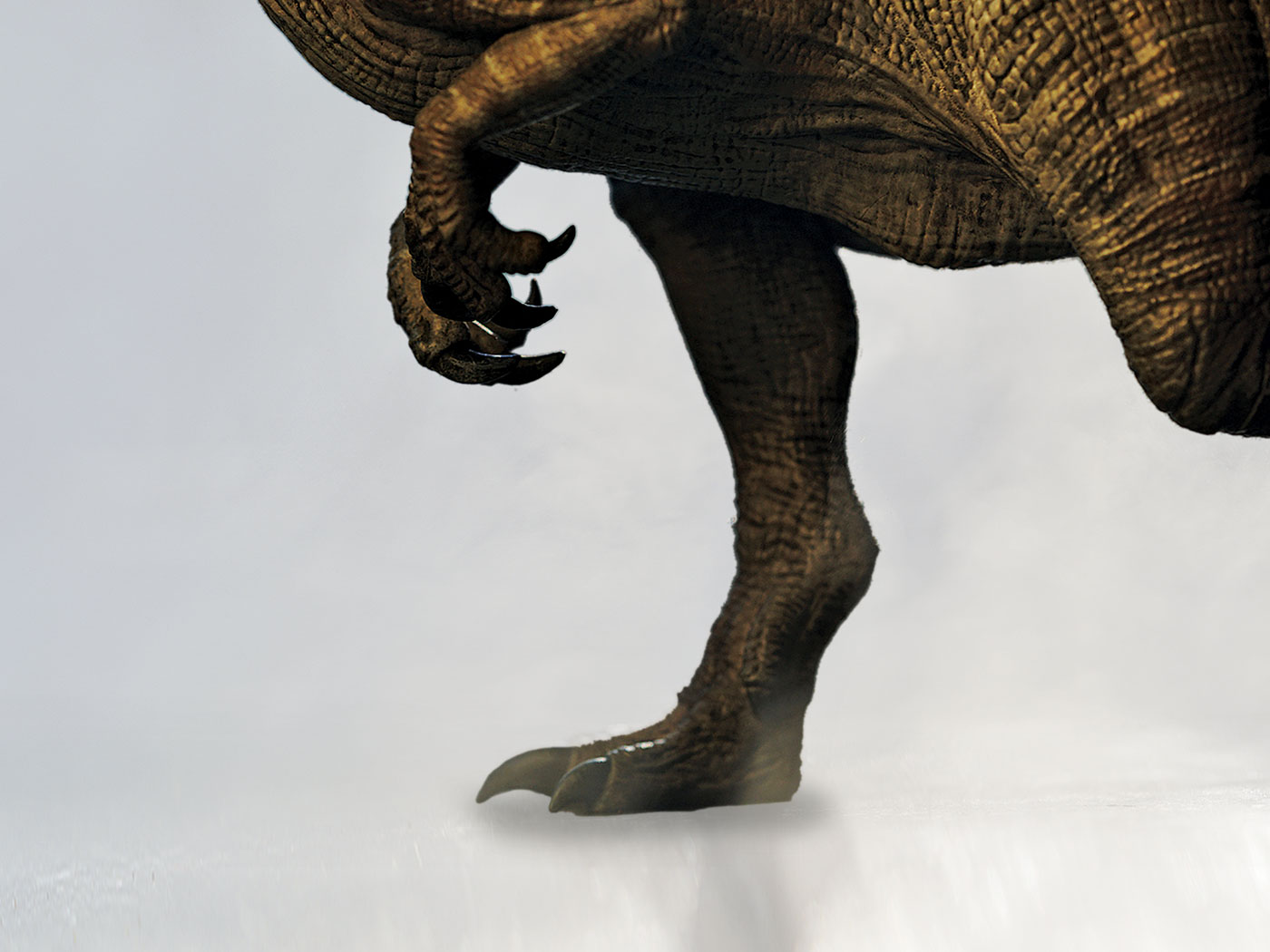Some lands welcome newcomers, while others oppose incoming foreigners. Scotland is no exception—and recent population news can be compared to prior controversies with “foreign” newcomers.1,2
Because collecting and analyzing national census data takes time, the summarized results can be somewhat cold by the time it’s published as official statistics. This is illustrated by a recent BBC report on Scotland’s recent population dynamics, which now reports last year.
The National Records of Scotland (NRS) estimated that 5.46 million people lived in Scotland as of June 30, 2019, an increase of 25,200.1 An increase in national population, one might guess, is evidence that parents are replacing themselves (at the national level) with more babies than themselves. But that guess would be wrong, if applied to Scotland’s recent population gain. The rise in population was largely due to migration. As the National Records states, “There was no natural growth, as deaths outstripped births over the same time.”1
Of course, Scottish regions are different from each other. The Highlands are not the Lowlands, the cities are not like rural parts, and the archipelagoes (Hebrides, Orkneys, and Shetlands) are not like the mainland. “Three-quarters of council areas experienced population grown, but eight areas saw declines.”1
But the overall fact remains, at the national level, that Scotland’s net gain in population is due only to increased immigration—more newcomers than Scottish emigrants.1 And this is cause for tension among those who prefer to keep Scotland “the way it is (or was).”
Yet Scotland’s history is highlighted—if not dominated—by controversies when foreigners were moving in. Two such examples are quickly given below, the second “invasion” controversy being quite odd. Neither example is the Roman Empire, because they never conquered the Scots.3
Likely the most famous foreign invaders of Scotland, historically speaking, were the Nordic Vikings (mostly from Norway yet also from Iceland and elsewhere), for two centuries and more following 795 AD.2 Immigrating Norsemen left linguistic monuments of their presence, in the form of many Scottish place-names that remain to this day.2
Moreover, the most famous Scottish Highland families (clans) proudly trace their genealogical lineages to King Somerled, whose biogenetic family history blended Scottish Hebridean and Norse Viking ancestors.4 So bagpipe-playing tartan-clad Scottish clans descend, at least in part, to Norse “foreigners” who historically transplanted their lives and futures into what is now Scotland.2,4
However, the Viking Age invasion was not the last transplanting of “foreigners” to excite controversy and political conflicts. In an odd application of xenophobic activism, some Scots have resisted the planting of evergreen trees on Scottish lands, as some try to remediate the deforestation of Scotland.5
For readers who are familiar with America’s environmental movement, and its concern about deforestation, the problem might seem simple: Plant more trees!6 Of course, we should plant trees that will thrive in the habitat where they are to be planted.
But now comes the controversy. Many landowners (learning from botanist David Douglas) chose to reforest their lands with Sitka spruce trees, as opposed to the native Scots pines, Scotland’s national tree. To some this indignity was a crime against the ecosystem, enabling an “invasive” species to replace the ecological niche formerly dominated by a “native” species.5 They were planting forests of Sitka pines in lieu of “legitimate” (but largely extirpated) Scots pines! Perhaps this is an anti-reforestation version of “native-species-only” xenophobia.
All of which goes to show that if one population won’t reproduce, which the Genesis Mandate encourages, then another population will—“be fruitful, multiply, and fill the earth.”7 Even trees can fill vacancies.
But population dynamics and publicity are often two very different things. Some overtly demand population control, loudly proclaiming that “less is better”—while quieter family lives go unnoticed.
References
1. Staff writer. 2020. Migration drives population rise in Scotland. BBC News. Posted on bbc.com April 30, 2020, accessed May 11, 2020.
2. Haywood, J. 1995. The Penguin Historical Atlas of the Vikings. London, UK: Penguin Books, 76-79, 128-131, 137.
3. Somerset-Fry, P., and F. Somerset-Fry. 1999. The History of Scotland. London, UK: Routledge / Taylor & Francis Group, 17-35, 227-228.
4. McDonald, R. A. 2008. The Kingdom of the Isles: Scotland’s Western Seaboard c. 1100—c. 1336. Edinburgh, UK: Birlinn Ltd., 21-67, 200-259; See also Johnson, J. J. S. 2012. DNA Says Manx Viking King, Somerled, the Celebrated Founding Father of Scottish Clans, had a ‘Norse’ Patrilinear Ancestry. Presented to the Norwegian Society of Texas (Fort Worth, Texas, March 24, 2012 [Althing meeting]); 16 pages.
5. Scotland’s earlier forests were dominated by Scots pines; Sitka spruce were later introduced by David Douglas (whose name appears in the tree Douglas fir). “Further east in the glen the plantations are being retained until they reach harvest age, whereupon they will be felled and those areas will be restored to native Caledonian Forest. However, in both the cleared areas, and on the periphery of the remaining plantations, regenerations of non-native trees, principally Sitka spruce and lodgepole pine, is taking place. This will be an ongoing problem” for years to come, even after all the plantations are harvested, as seeds of the non-native trees already in the soil will continue to germinate and grow. This is a relatively small-scale problem though, compared to parts of [Scotland’s] west coast, where the regeneration of Sitka spruce in particular is much more prolific.” See Invasive Non-Native Species: A Global Problem. Posted on treesforlife.org.uk, accessed May 11, 2020. Regarding the Sitka Spruce’s hearty traits as a transplant in Scotland, see Staff writer. 2020. Sitka Spruce. Forestry and Land Scotland. Posted on forestryandland.gov.scot, accessed May 11, 2020. Meanwhile, the original Scots pines (that once dominated the Highlands’ Caledonian Forest) still survive elsewhere in Scotland, in patches, such as in Abernethy Forest.
6. Johnson J. J. S. Arbor Day: Planting Trees in April. Creation Science Update. Posted on ICR.org April 24, 2020, accessed May 12, 2020.
7. See Genesis 1:21-22, 28-30; 8:17-19; 9:1-7.
*Dr. Johnson is Associate Professor of Apologetics and Chief Academic Officer at the Institute for Creation Research.












